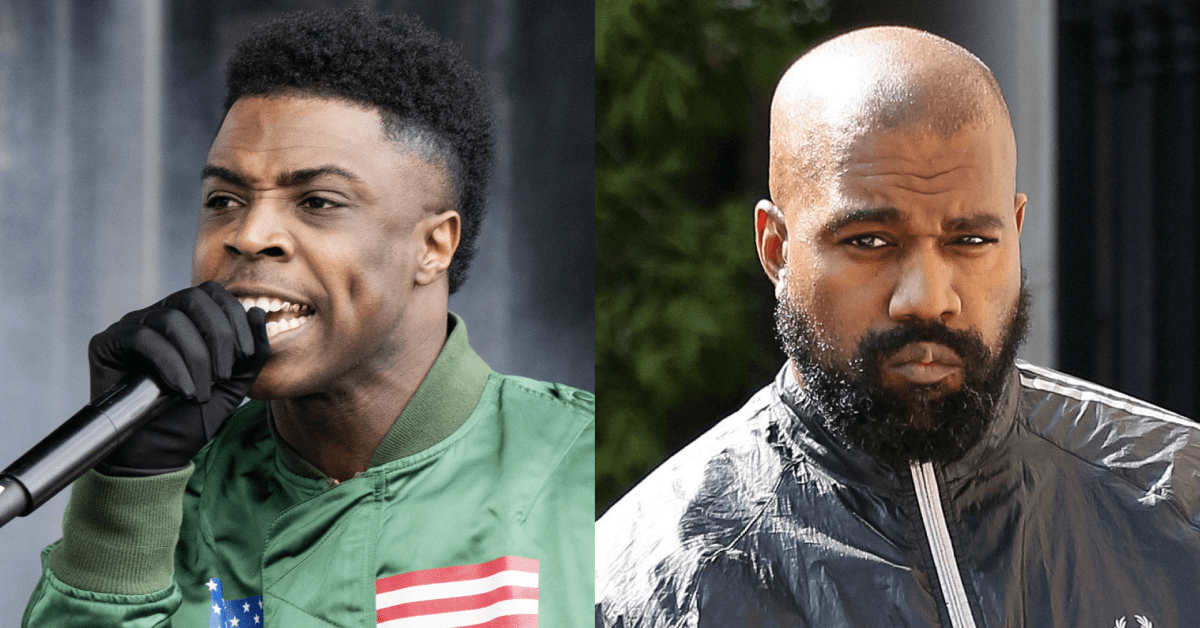The fame of China‘s Chang Dai-chien (1899–1983) has been framed by headlines that call him the high-earning artist on earth.
In 2016, his work out-earned those of any other painter on the planet, taking in $354 million collectively. Global news platforms picked up on the backstory of this almost mythical character, one who certainly looked the part, with Chang’s flowing robes and beard, often with a pet gibbon trailing in his wake.
But Chang’s life has also long been shrouded in mystery.
It’s been common knowledge that he left his homeland while the civil war raged across China in 1949, but while most of those who did the same ended up staying in Taiwan or Hong Kong, the artist himself ended up — well, where, exactly?
It was known that Chang died in Taiwan in 1983 — leaving behind him an unprecedented body of work and a reputation as the foremost Chinese painter of the 20th century. He made few public appearances alongside contemporaries, such as when he met Picasso in Paris in 1959 (Chang would later often be referred to as “The Picasso of China” due to his massive sales). But in terms of a complete narrative of Chang’s life and times, there has always been significant holes that had never really been filled in.
That’s where San Francisco-based filmmaker Zhang Weimin and her documentary Of Color and Ink have stepped in.
In 2011, Weimin was shown some quite remarkable footage of Chang on the beach in San Francisco in 1967, and there, on the spot, she decided to piece this particular life story together.
“Even Chinese people can tell you about what Van Gogh’s life experiences were, and what Picasso’s were, and Monet’s,” says Weimin, speaking to THR over video call from San Francisco. “But no one knew what had happened to Chang Dai-chien, even though he was also a global artist.”
The journey that followed for Weimin took 12 years after that first viewing of the footage, and it took her as far afield as South America and Europe, China, Hong Kong and Taiwan, where she tracked down remaining family and friends, as well as art scholars, as she pieced the Chang story together.
Of Color and Ink takes its audience on a fascinating journey as it traces Chang’s movements over the last three decades of his life. It also reflects on his legacy, and the work he left behind, while adding in some tragedy and a dose of political intrigue.
It’s a project that became very personal for Weimin, who had studied art before being schooled as a cinematographer at the famed Beijing Film Academy, graduating in the early 1990s as part of the so-called Sixth Generation of Chinese filmmakers, one that includes the likes of Venice Golden Lion winner Jia Zhangke (Caught by the Tides).

While making the film, Weimin was able to split her time between filmmaking and her role as a professor of cinema at San Francisco State University — “I could just pick up and camera and go” — and what became an obvious labor of love has been rewarded with the Best International Feature Documentary Film Award at the 47th Sao Paulo International Film Festival and Best Feature Documentary Film Award at the China (Guangzhou) International Documentary Film Festival.
Weimin spoke with THR about why she was so driven to make Of Color and Ink, the steps she took to unravel the mystery of Chang and why the artist’s worldview is so relevant today.
The project centers around some found footage of Chang Dai-chien in San Francisco in 1967. What’s the story behind this?
A cinematographer, more than half a century ago, shot this film. He labeled it. He watched the film, but literally no one else had done so. So, there was a huge, interesting, very mysterious story behind this footage, but for whatever reason, from 1967 until 2011, no one had tried to solve it. Professor Mark Johnson [professor of art at San Francisco State University] had the film in storage and when I met him, he said “I’ve been looking for an American director who knows Chang Dai-chien to do something with this.” So he understood there was a preciousness, you know, a value to this film, but he needed to find someone who really knew about what its value was. Chang had first visited San Francisco in 1967 and [art historian] Michael Sullivan knew it was an important visit so he had someone film it.
It’s fascinating stuff, with Chang wandering the beach looking like he’s walked in from another century, with his beard and his clothes. What was your immediate reaction when you first saw it?
I was shocked, because in Chinese art history — which I studied — no one knew what had happened to Chang Dai-chien after 1949. People would say, OK, he died in Taiwan in 1983. That’s the only thing they knew. But what happened between 1949 to 1983 was literally a mystery. No one seemed to know, and no one seemed to have investigated. His life was unknown. Once I saw this footage, I knew that I had to make this film.
Incredibly, what you found was that Chang had been living in South America up until the time the footage was shot.
Yes. After 1949 — this great intersection of Chinese history — many people chose to stay, many people chose to leave. But for the majority of people who left China the destination would be Taiwan or Hong Kong. I would say probably 90 percent of people would choose these places, which makes his decision even more surprising because we found out he chose Argentina. I can see why he left, but why did he choose Argentina?
That would have seemed, around 1949, to be like moving to the end of the earth.
If you think about it, that is about the farthest place from China he could have gone. His friends tried to persuade him to stay in Hong Kong or in Taiwan — they even wrote a poem for him, saying of all the places in the world, why did you choose that one? So even his parents, his friends could not understand. And, of course, his family didn’t understand either. But he took eight children with him — from 19 years old to 9 months old.
Why do you think no one had talked about this part of his life before?
Chang Dai-chien’s family is very low-key. For the whole time, they never wanted to share anything to the public. When I started my interview with one of his sons he was really reluctant until he saw that I had devoted so much time over the years. That was when he started to share with me many of his feelings he had for his father, and the stories of what went on behind the scenes.
It’s never really made 100 percent clear exactly why he went so far away. What’s your theory?
At one stage he said about his life, “I don’t want to go up and down — you know, along with the waves — and I don’t want to follow the flow.” So, he was determined to explore, to connect. And in one painting made just before he left for Argentina [titled Peach Blossom Spring] he’s painted himself there in a boat, and he had never put a boat right at the edge of the canvas before. I think that was his message about where he was going — as far away as possible.
Then we find in your film that after Argentina, he moved — with family and followers — to Brazil, and way outside Sao Paulo where he built what sounds like a paradise, called the Garden of Eight Virtues. What do you think he was looking for?
I found nothing about his travels written down or on record. So, no one knows how long he lived in Argentina, why he chose Argentina or how long he stayed in Brazil. Everything is just very, very blurry and unknown. He had talked about this vision he had of a “Peach Blossom Spring” — as in that painting — which was his idea of a utopian place of harmony and tolerance. That’s what I think he tried to create in Brazil, and that’s why we went so far away.
We also see him adapting Western methods to traditional Chinese ink — with incredible results.
He wanted to transcend boundaries. In traditional Chinese philosophy, there’s no boundaries, there’s no Western or Eastern. We’re the same. That’s what he was showing. I think that message is important, even more so now with the way the world is, and I hope this film can give us a little time to think about how our current world is.
It’s a film that also feels deeply personal as you completely immerse yourself in his world.
For some reason, I felt like I was obligated to tell this story. I really wanted to document something that shows the power of the human spirit and I wanted to tell a story that can inspire others.














)





 English (US) ·
English (US) ·